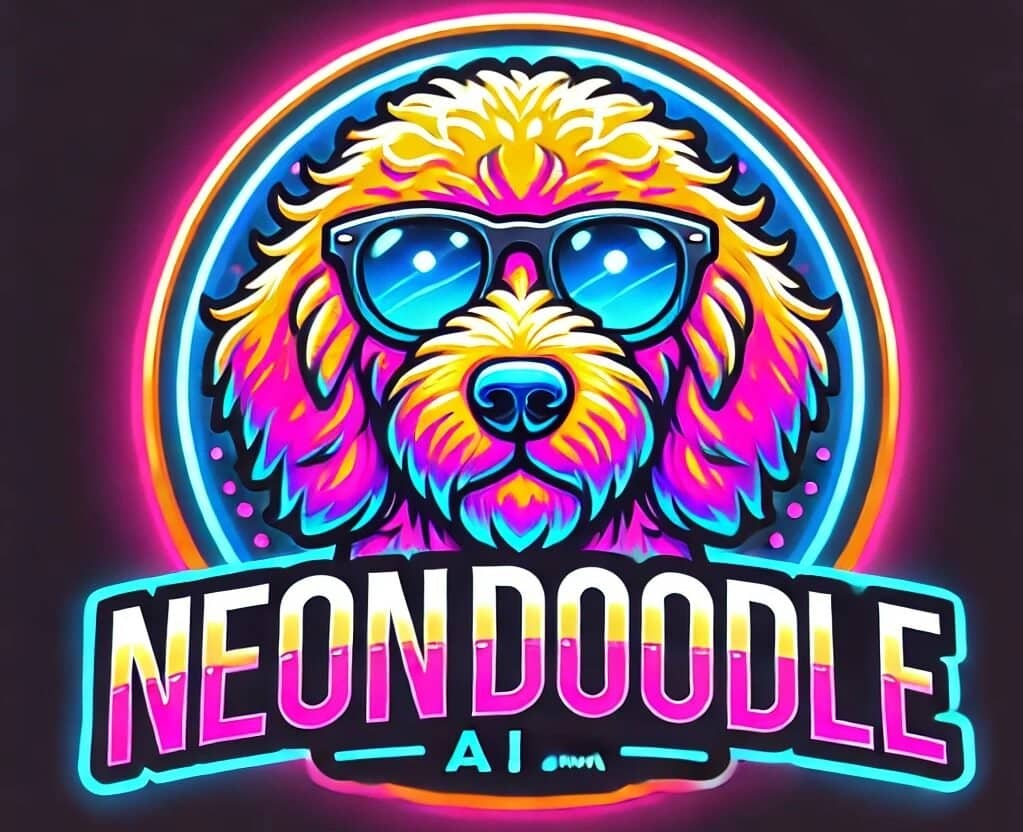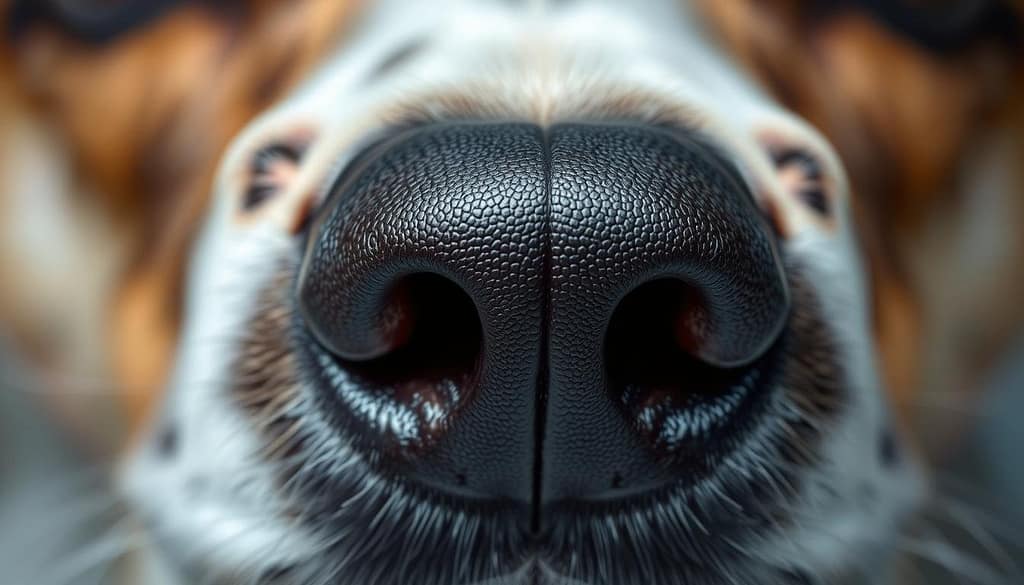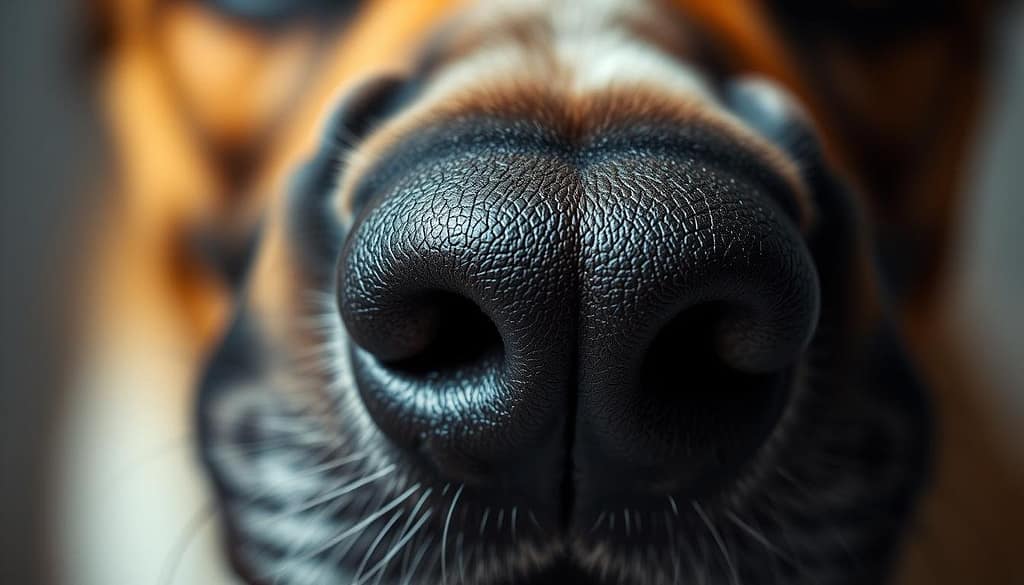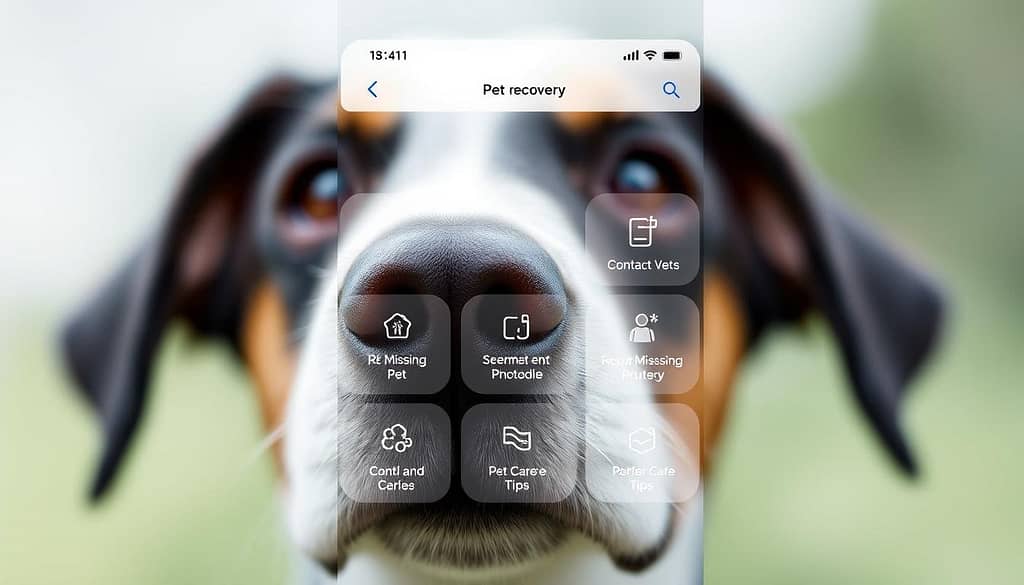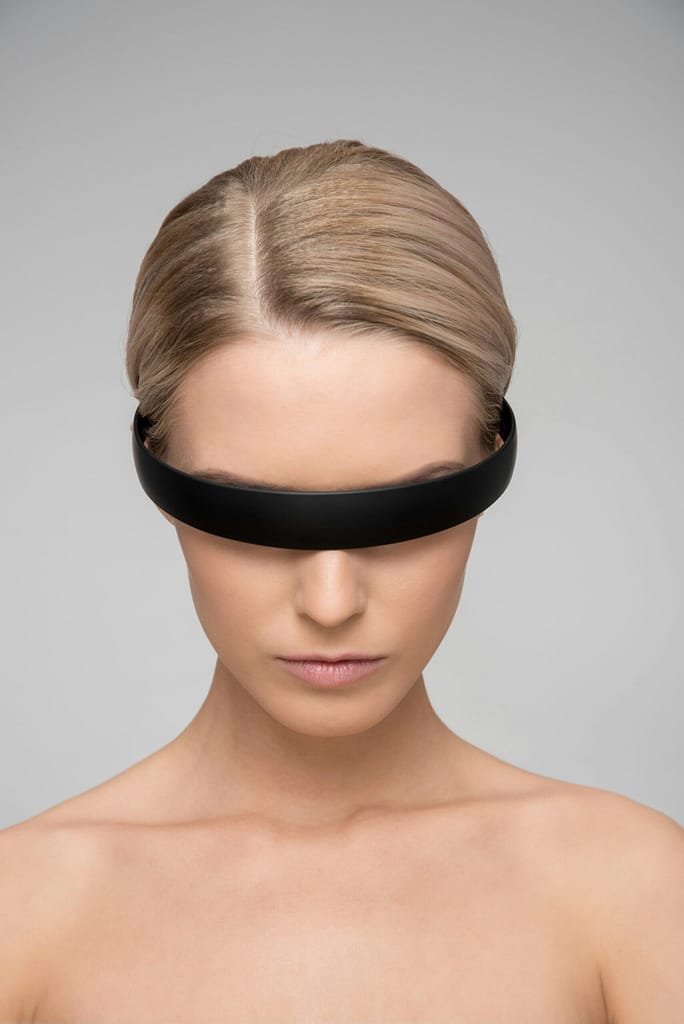Every year, thousands of pets go missing, leaving owners heartbroken. Shockingly, 75% of dogs in the U.S. aren’t microchipped, making identification nearly impossible for many lost animals. Traditional methods like collars or tags often fail—only 33% of found pets without proper ID ever reunite with their families.
Now, a breakthrough offers hope. Startups like Petnow, backed by Yonsei University, use advanced scanning to identify dogs with 99% accuracy—no implants or hardware needed. Unlike microchips, this method is painless and instantly accessible through a simple app.
Competitors like Megvii and iSciLab are also developing similar solutions, but Petnow leads with unmatched precision. For pet owners, this means faster reunions and peace of mind. With shelters admitting over 87,000 animals annually in Australia alone, the need for reliable identification has never been greater.
The Science Behind Dog Nose Prints
Did you know a dog’s nose is as unique as a human fingerprint? The ridges and patterns on their snouts form during embryonic development, stabilizing by six months of age. Unlike collars or tags, these marks never fade.
Since 1938, the Canadian Kennel Club has used nose prints to identify dogs. Breeders once pressed inked paws onto paper, but today’s apps capture prints in 0.08 seconds. The software analyzes 30–40 unique ridge characteristics—fewer than human fingerprints (60–70), but just as reliable.
Wet noses can blur camera focus, but advanced algorithms adjust instantly. For cats, full-face scans work better—their noses lack the same ridge complexity. Fun fact: A bloodhound’s nose surface equals a postcard in size!
This method isn’t new, but it’s smarter. With 99% accuracy, it’s reshaping how we protect pets. No chips, no pain—just a snapshot for lifelong ID.
How AI-Powered Nose Print Recognition Technology for Dogs Works
Forget microchips—the future of pet ID lies in smartphone snapshots. Startups like Petnow use triple-layer software to analyze a dog’s unique nose patterns. First, the face locator pinpoints the snout. Next, the nose identifier maps 400+ ridge points. Finally, a sharpness detector ensures clarity.
Megvii’s approach differs slightly. Their system compares prints in two ways: 1vs1 matches (95% accuracy) for known pets and 1vsN searches for lost animals in databases. Both methods outperform microchips, which require physical scanners and often migrate under the skin.
Owners need a 12MP smartphone camera—standard in most newer models. The app guides users to capture three angles, adjusting for lighting or wet noses. Scars or aging don’t fool the adaptive algorithms. On average, uncooperative pets need just 3.2 scans.
Petnow plans RFID integration for shelters, bridging legacy and new tech. Meanwhile, their current solution offers instant identification without implants. It’s fast, painless, and precise—like fingerprinting, but for your pup.
The Petnow App: A Game-Changer for Pet Owners
Pet owners now have a powerful tool to protect their furry friends—right in their pockets. The Petnow app simplifies pet recovery with a sleek interface and community-driven alerts. Registering takes under two minutes: upload a nose scan, add contact details, and you’re set.
Recent launches in Australasia saw 23,000 pre-registrations in a week. The app’s geo-alert system notifies users within a 1.5-mile radius if a pet goes missing. Real-time updates and crowd-sourced sightings boost recovery chances.
Partnering with Trupanion, the company integrates insurance perks for vet visits. Premium features include clinic discounts and priority support. In Seoul, the pilot achieved an 89% reunion rate—far above traditional methods.
Seven languages are supported, including Māori, making it accessible globally. For cats, the app uses facial recognition alongside nose scans. Every feature is free in the U.S., South Korea, Spain, Australia, and New Zealand.
Behind the scenes, the startup collaborates with shelters to cross-reference databases. Their goal? To tackle the 362 million homeless animals worldwide. With RSPCA reporting 60% of lost pets never returning home, Petnow offers hope—one scan at a time.
Conclusion
Lost pets could soon become a rare tragedy, thanks to innovative ID methods. With 99% accuracy, this system outperforms microchips, which 75% of pets lack. The pet biometrics market could hit $420M by 2029, proving demand for smarter solutions.
Owners can register their pet’s unique nose print in minutes—ideal before a vet visit. Rural areas may face connectivity challenges, but the tech is evolving fast.
Petnow’s iF Design Award-winning app shows the future is bright. Imagine a world where every lost pet finds their way home. Start today: download the app and join #NosePrintAwareness.
